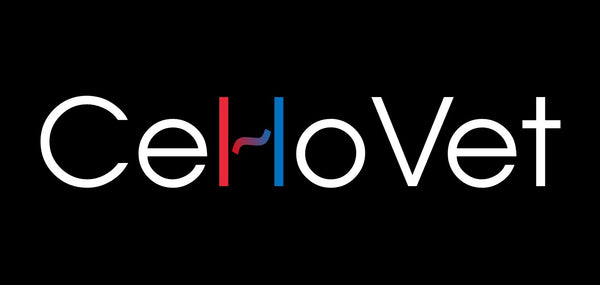What's the big deal about Cellophane and portosystemic shunts?
Cellophane was first created in the early 1900's. It is made by regenerating cellulose from plant materials into a thin film. Initially popular for wrapping baskets, flowers and food products, true Cellophane fell out of favor in the past 40 years to be usurped by plastics. What happened during this time, is that the term "Cellophane" became genericized much like Kleenex did for facial tissues, and plastics replaced the cellulose based films previously marketed as Cellophane. A recent study by Smith et al in 2013 showed that only one of 4 products marketed as cellophane was truly extruded regenerated cellulose.
In veterinary surgery, thin cellulose based films are utilized to attenuate portosystemic shunts in dogs and cats. They may be used instead of ameroid ring constrictors in very small patients for which the smallest ring size is too large, or around complex shunts and in hard to reach places. Real Cellophane should stimulate a fibrous perivascular reaction and slowly occlude the shunt, whereas plastic films such as polypropylene are often inert.
So where do veterinarian surgeons source their "Cellophane"? Like all other medical products, you can find them at your local supermarket of course! At CelloVet we have heard of veterinarians sourcing their Cellophane from cigarette packages, birthday cards wrapping and whole host of other food products packaging.
The time has come where the guesswork of where you source 'real' cellophane from can be put to rest. CelloVet can provide you, the veterinarian with the peace of mind that your Cellophane is pure regenerated cellulose. No adhesives, no plastics and no impurities.
You can contact us if you have any questions here or visit our facebook store. Instructions for use can be found here.

